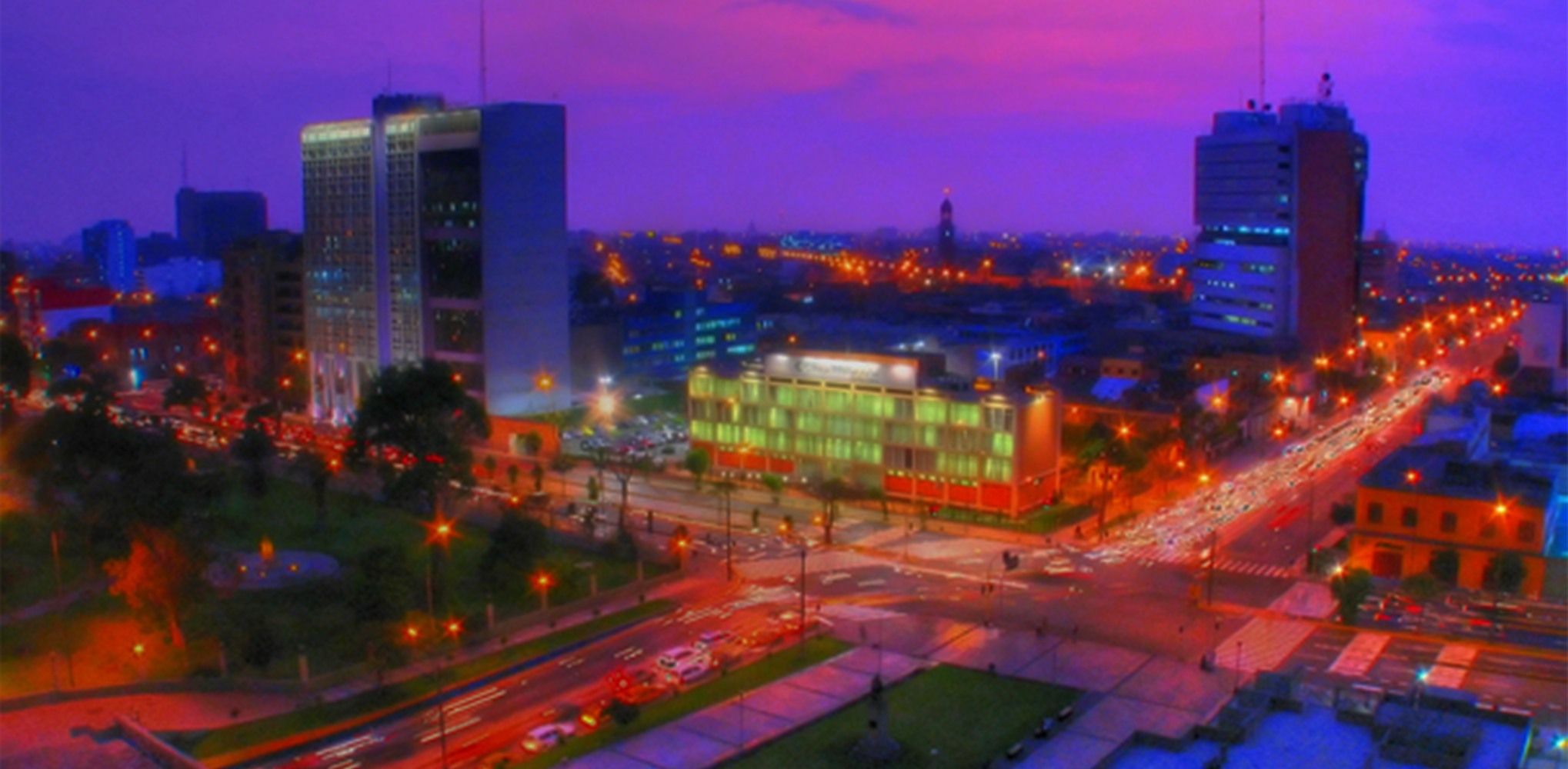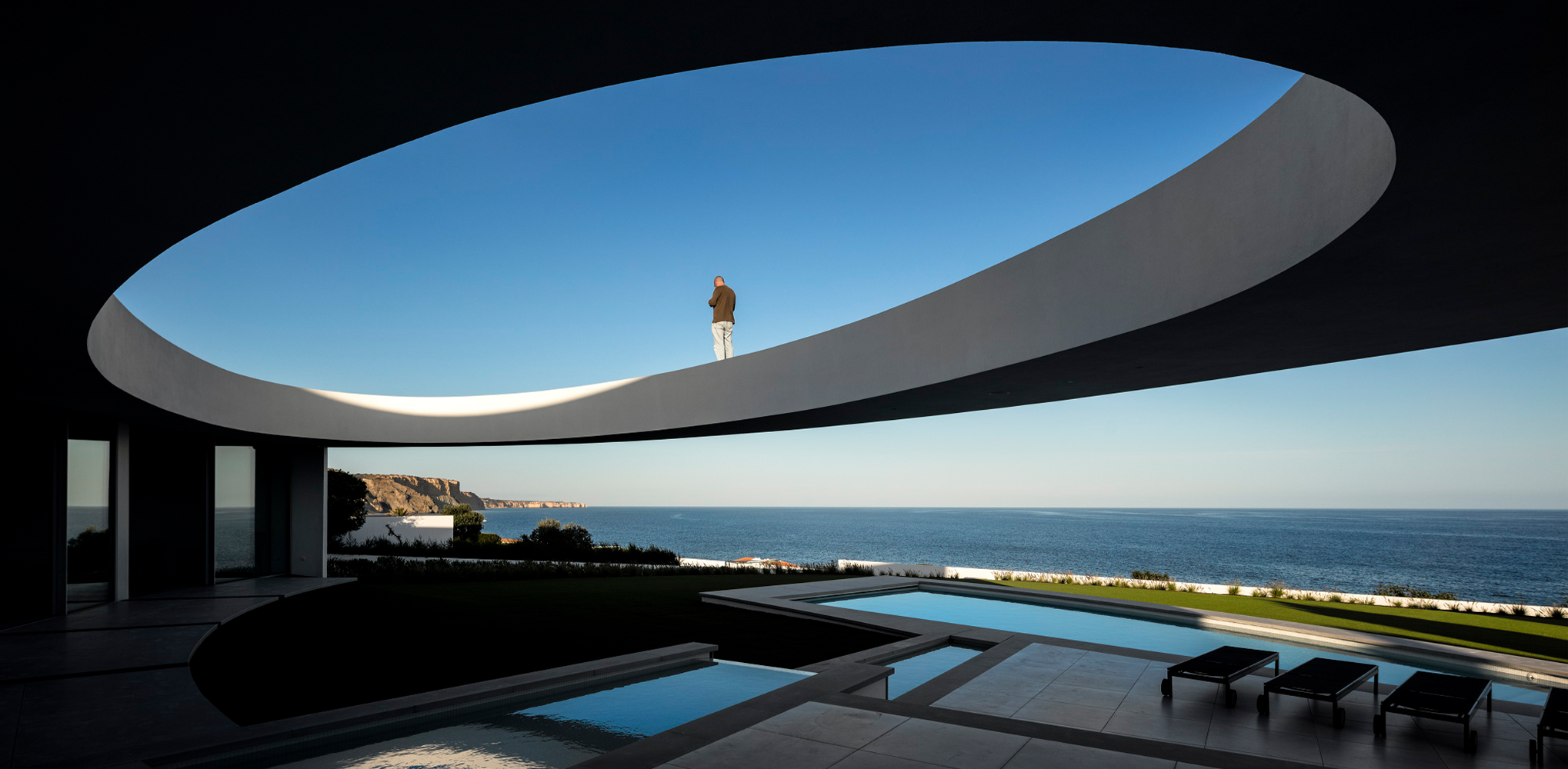Early Registrations for the next One Photo Challenge are now being accepted, giving aspiring architectural photographers the chance to share one photograph that tells a powerful story about architecture for the chance to win $2,500 and global recognition. The competition launches early in 2021, but it’s worth registering now to receive important updates and deadline reminders:
Register for the One Photo Challenge
With the birth of the smartphone, millions of people around the world gained access to incredibly advanced cameras, opening up the world of architectural photography to the general public. Now, while just about anyone can snap a photo, it takes more to produce a truly compelling image. There remains a fine line between skilled and novice photography. Common mistakes and annoying trends in photography make this distinction loud and clear. Here’s an obvious one to get us started — Snapping photos with unintended, ugly objects in the foreground…

Image via Shutter Mike Photography
Traffic cones and wheelie bins are a bit of a distraction, to put it mildly. To help you with your One Photo Challenge submissions, here are seven more most frequent mishaps you should avoid in architectural photography.
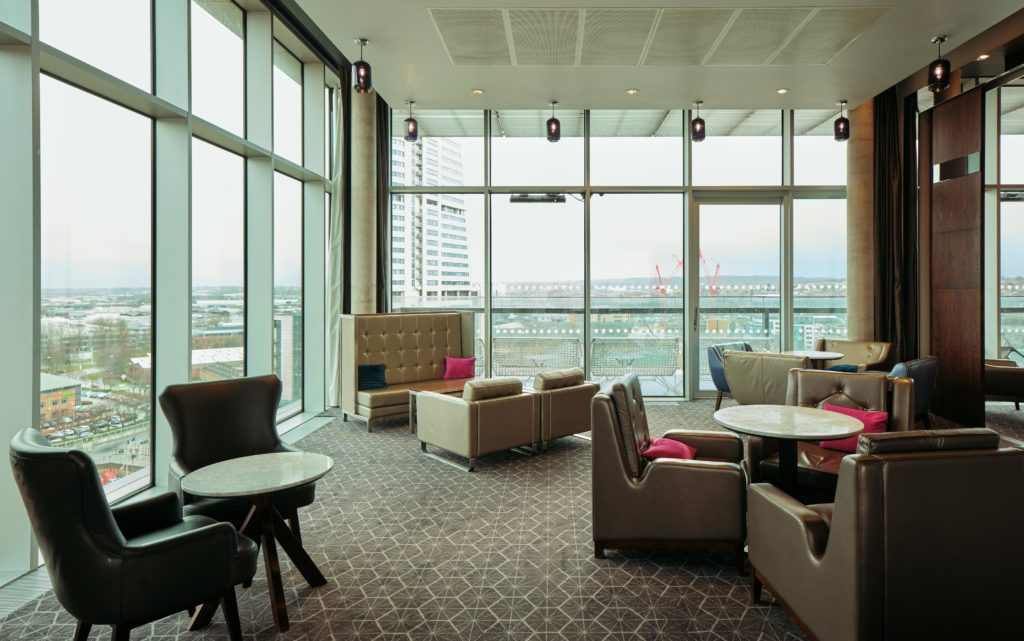
Though this image captures every object within the space, there is no focus on any important features; image via apalmanac.com
1. Shooting an image that is too broad or busy
Composition is arguably the most important aspect of photography. Inexperienced photographers often fall into the trap of relying on wide shots in order to capture every possible element within an image. Before shooting, you should consider what your photograph is attempting to convey within a space, and then decide what features or details to focus your lens on. Also, don’t be afraid to incorporate negative space into your photography, as this can give a composition extra strength.
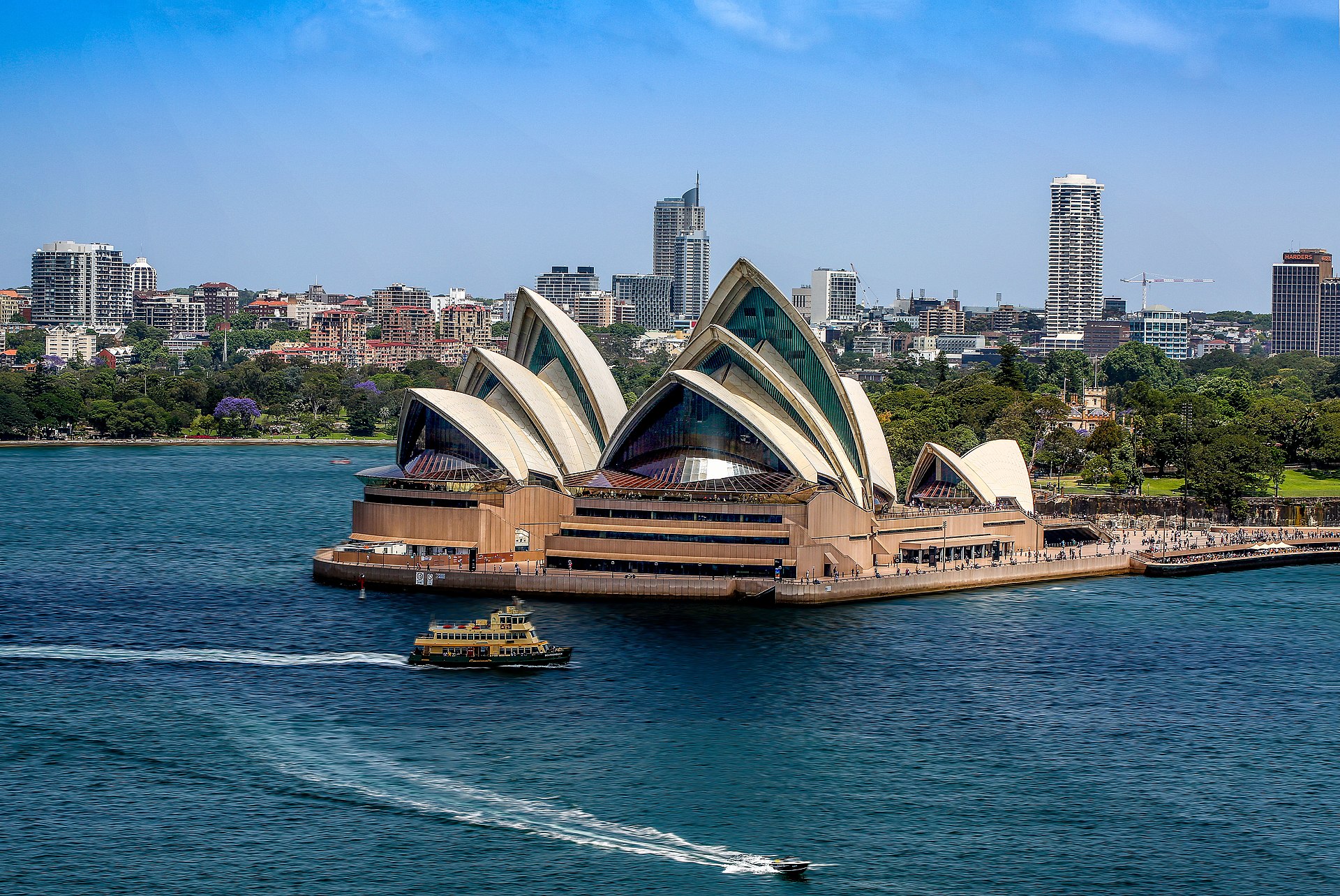
The Sydney Opera House – A great building, but not the only one deserving of your camera lens; image via Wikipedia
2. Shooting only “iconic” buildings
The task for The One Photo Challenge is to capture a single photograph that tells a powerful story about architecture. Telling a compelling story does not always equate to documenting the most “iconic” or flashy buildings, when regular buildings may do a better job of conveying a narrative. There is beauty in the everyday, that can make for a very captivating image.
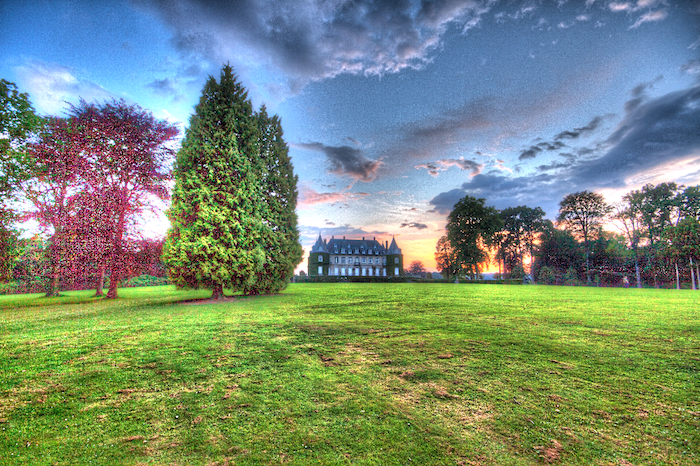
This is an extremely over processed HDR image; image via expertphotography.com
3. Relying too heavily on HDR
When used correctly, HDR can really elevate an image, allowing for astonishingly accurate reproductions of what you see or fantastical, dream-like visuals. However, many photographers fall into the trap of overusing HDR to the point where key details are erased and colors look too far from reality. It’s important to find a balance between realism and a quality photograph. Check this guide for when and how to use HDR.

“If she can’t lean against the concrete pole and eat oshizushi off the bike seat, she’s not minimalist enough.” via Unhappy Hipsters
4. Getting obsessed with minimalism
General architectural aesthetics are often synonymous with minimalism. Architectural photography is awash with shots of minimalist designs that, while visually pleasing at times, are fast becoming generic. Telling a visually captivating story is helped by focusing on architectural details, attempting to capture the character of a space and embracing imperfection. Go against the grain and pursue every-day, less “clean” architecture to photograph — these can yield more unique and compelling stories.

Image via Blogging Theme Styles
5. Spray and Pray
In the digital era, a common technique used among new photographers is to “spray and pray” or just shoot a mass of images with the hope of getting at least one good one. This isn’t an ideal method because capturing a quality shot requires thought and consideration. Your goal should be to capture your preferred image in one or two shots. This will force you to pay close attention to the most important aspects of an image: composition, lighting and color.

Image comparison via Shutter Mike
6. Substandard Tones
Architecture is usually communicated more clearly through strong lighting, shadows and expressive tones. It is worth honing your skill working with an image’s contrast, exposure, black levels and highlights, and attempt to capture details as best you can on the camera, instead of relying on post-processing. Sometimes this requires a little patience, as photographer Mike Small suggests when referencing the above image comparison: “The photo on the left was taken at 6:39 PM and the one on the right at 6:53 PM. Not only is the sky very different but the artificial lighting on the building itself takes on a whole new effect just 14 minutes later.”
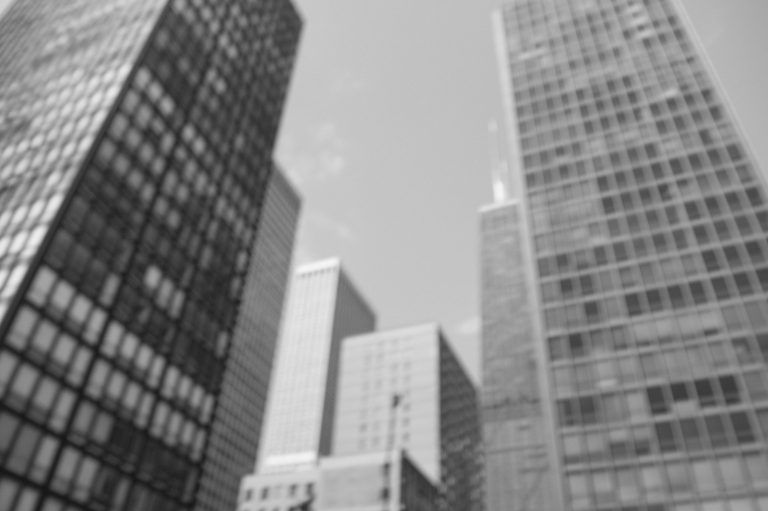
Snapping an out-of-focus image can be artistic if intentional — but be wary of accidental blurriness; image via Pinterest
7. Out-Of-Focus Images
Out-of-focus images are one of the most common mistakes made in photography. It’s an incredibly easy error to make given the amount of activity and random elements that can interfere with a shot. The Digital Photography School cites the following four causes for lack of sharpness:
- Poor Focus – the most obvious way to get images that are ‘un-sharp’ is through having them out of focus. This might be a result of focussing upon the wrong part of the image, being too close to your subject for the camera to focus, selecting an aperture that generates a very narrow depth of field or taking an image too quickly without checking it is in focus.
- Subject Movement – another type of ‘blur’ in shots is the result of your subject moving – this is generally related to shutter speed being too slow.
- Camera Shake – similarly you can get blur if you as the photographer generate movement while taking the image – this often relates to either shutter speed and/or the stillness of your camera.
- Noise – ‘noisy’ shots are ones that are pixelated and look like they have lots of little dots over them (get up close to your TV and you’ll get the same impact).
Whether you shoot in manual or auto focus mode, make sure you are comfortable with the necessary techniques to capture clear photos, including an understanding of shutter speed, aperture, ISO and the use of equipment such as a tripod.
Now you know what mistakes to avoid, you’re ready for the One Photo Challenge! Snap a great architectural photo with a strong narrative to be in the running for $2,500, and get your work seen by millions.
Register for the One Photo Challenge
